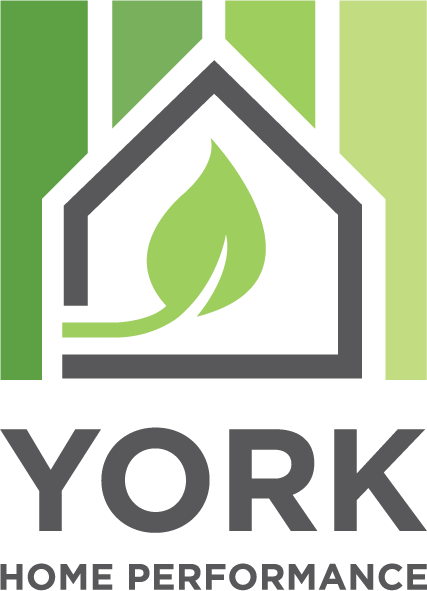
Carbon monoxide (CO) testing is an extremely important home safety test we conduct during an energy audit. According to the Center for Disease Control, everyone can be affected by exposure to carbon monoxide. Infants, the elderly, people with chronic heart disease, anemia, or breathing problems are more likely to get sick from CO. Each year, more than 400 Americans die from unintentional carbon monoxide poisoning not linked to fires, more than 20,000 visit the emergency room, and more than 4,000 are hospitalized.
Where Does Carbon Monoxide Come From?
Carbon monoxide (CO) is colorless, odorless and is one of many gases produced from combustion. CO may have many sources within the average home, including:
Gas or oil furnaces,
Gas or oil boilers,
Propane or natural gas-fired appliances, such as ranges, dryers & water heaters
Wood or pellet stoves
Doesn’t My CO Detector Protect My Family?
Carbon monoxide detectors are essential safety equipment in homes, but they have a high threshold to trigger an alarm—most need to reach 30 parts per million over 30 days to sound. If your furnace or water heater has a slow leak, the effects of carbon monoxide may not be noticeable. Your family may feel mildly nauseous, have headaches or suffer chronic flu-like symptoms, but the carbon monoxide levels may not be high enough for the alarm to sound.
Important Safety Check
While conducting your energy audit, the York Home Performance professional will test for ambient real-time carbon monoxide levels in your home using a CO analyzer to determine if one of your appliances may be malfunctioning, backdrafting or not properly ventilated. If any combustion device in your home is leaking CO, it’s especially important to detect it prior to completing air sealing work.
